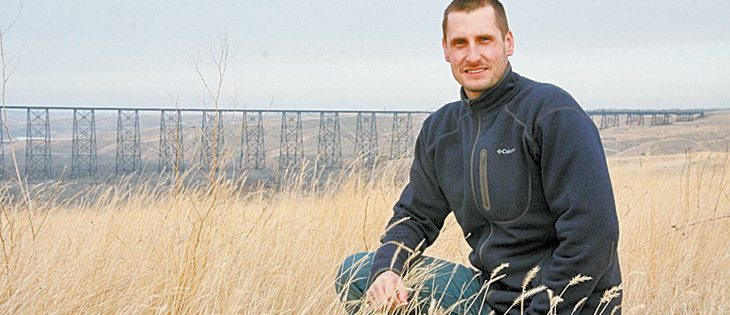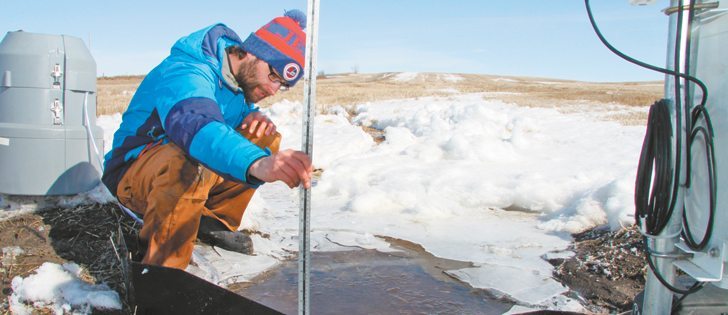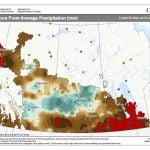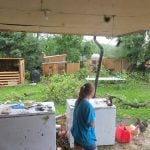Damaging storms | Other factors play role in devastating grass fires and windstorms
Wind is Chris Hugenholtz’s family heritage.
His Dutch grandfather created his own miniature wind turbine to power radios that supplied information to the resistance during the Second World War.
Thus the power and importance of wind was ingrained in the family culture, augmented in the young Hugenholtz by family sailing and wind surfing activities.
But it wasn’t until Hugenholtz entered academia that the wind blew him in the direction of its study. The University of Lethbridge assistant professor and geomorphologist now teaches the only wind science course in Canada.
Read Also

Farming Smarter receives financial boost from Alberta government for potato research
Farming Smarter near Lethbridge got a boost to its research equipment, thanks to the Alberta government’s increase in funding for research associations.
Hugenholtz, an Ottawa native who divides his time between the University of Calgary and the U of L as the Cenovus research chair in environmental design, has learned that southern Alberta is the ideal place to study wind.
“I’m always the one excited when it’s windy — what’s going on, what it’s doing, the electricity it’s creating or the changes that it’s imposing on the landscape and that sort of thing,” he said.
“The other thing is it’s so violent at times that you can’t escape it. You get it in your ears, it elevates stress, it takes your breath away.”
Hugenholtz moved to Western Canada in 2002, completed his PhD in Calgary and then accepted a fellowship. He and his family later moved to Lethbridge.
“When we did move down there in 2007, I really started to understand everyone’s irritation, and my excitement, for the wind. It’s just a phenomenal force. Here, we really are characterized by the wind.”
The fall and winter of 2011-12 have many southern Albertans talking about greater frequency and force of windstorms. Lack of snow combined with the drying forces of winter and wind have sparked numerous grass fires in the region.
A November grass fire with winds of 100 to 140 km-h threatened parts of Lethbridge and closed downtown Calgary because of debris falling from high-rise buildings. Homes and buildings across much of southern Alberta also sustained damage in that wind event.
Several January grass fires spread by high winds damaged farm properties, homes and fields near Raymond, Fort Macleod, Nanton and Walsh.
Hugenholtz has checked the wind statistics.
“When we look at the extremes that do occur here, they did not line up on anything exciting,” he said of late 2011 and early 2012 windstorms.
“It has not been out of the ordinary, despite the devastating events of fires here, south and north.”
He appreciates the research opportunities provided in a place where gravel can blow off the road and opening vehicle doors on windy days must be strategically done.
Some of his current research involves studying wind effects on sand, but there isn’t much bare sand in this windy region where conservation tillage has taken hold and native prairie plants cling tenaciously to the soil. Instead, he has to go to New Mexico to study it.

















